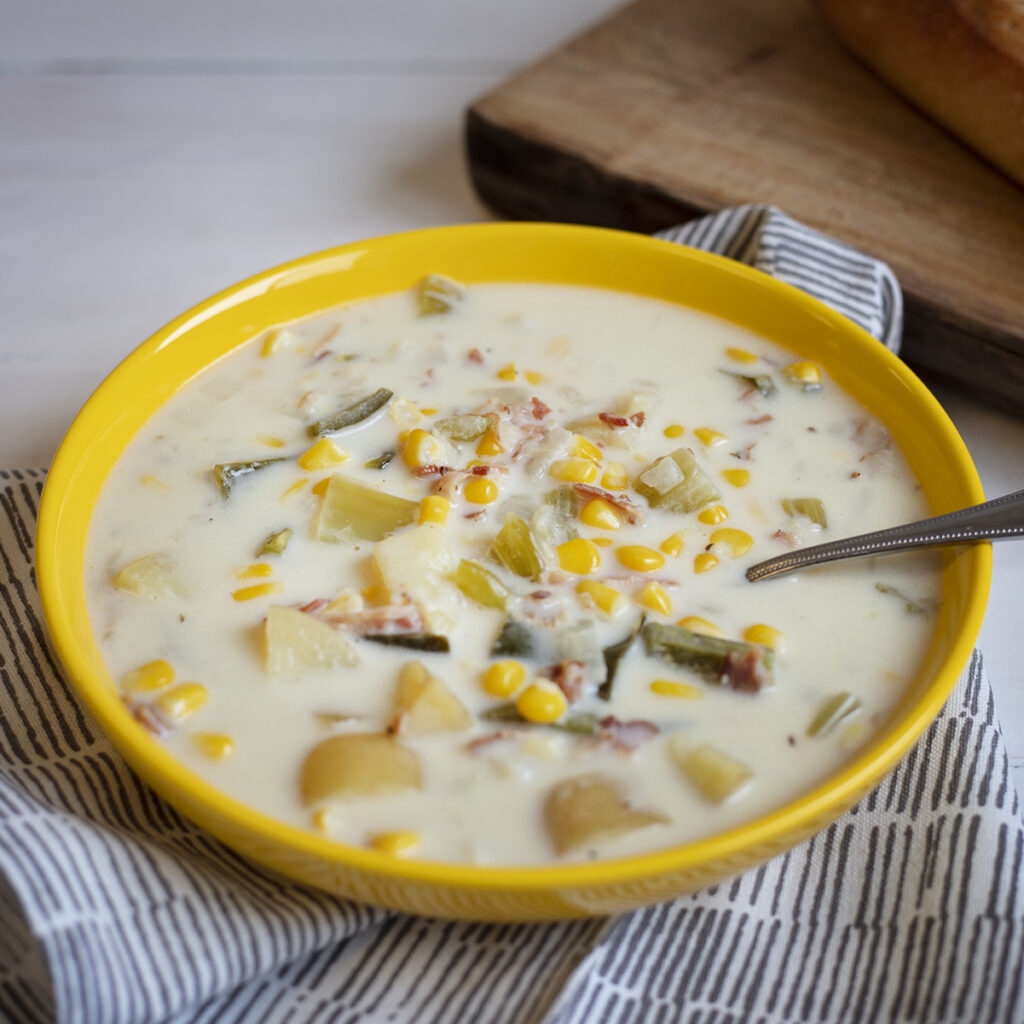Published October 8, 2015
Wine 101: Tips for Choosing Wine

Welcome to Elephants University. No, really: We have an Elephants University and this is a sneak peek at what happens in our staff education classes. In Wine 101, we explore how wine is made, terminology and basic tasting and serving knowledge. Turns out that much of the knowledge that helps you serve wine is the very same stuff that helps you choose wine.
Some insights gleaned from our Wine 101 class:
Don’t be intimidated when buying or ordering wine. You don’t have to be an expert to have confidence. A knowledgeable seller can guide you to a bottle or glass you’ll enjoy if you convey basic information about what you like, what you’d like to spend, and the occasion you are buying for. Buying a case of inexpensive wine for a party? That is very different than picking a special wine for an intimate dinner party at your wine aficionado friend’s home. Do you just want to drink or are you picking a wine that will pair well with a particular food or type of cuisine?
Defy you expectations and pre-conceived notions about varietals. Chardonnay is always too oaky? Not all Chardonnay wines are oaky—there are many unoaked, crisp Chardonnays to enjoy. Riesling too sweet? Actually, you can find a ton of dry Rieslings. Allow yourself to be surprised.
You don’t have to be “fancy” to taste a wine. Just use your senses. No elaborate swirling, swishing and spitting ritual is necessary. But don’t just chug your wine down, either. Move it around in your glass. What does it smell like? What kind of fruit and flower scents can you identify? What about the color? Is it clear or opaque? You can learn a lot about a wine before you taste it. When you do taste it, let it linger in your mouth.
Learn a few basic wine terms. You don’t have to wax eloquent about ellagitannins. Start with the basic terms, like what is “dry”? It’s not the opposite of “fruity.” And “fruity” isn’t equal to “sweet”—fruity refers to the flavor of the grapes. You can have a dry, fruity wine. If you can describe what you like about a wine, you’ll be better prepared to find one you enjoy and to branch out and discover new wines.
Here’s the thing about price. Price has a lot to do with production. And production has to do with planting. You can pack a bunch of grapes into one acre in Lodi, California (say, 7 tons of grapes per acre). You’ll get a lower quality wine but a lot of it. If you only plant 1.5 tons per acre in Bordeaux, you’ll have fewer bottles. They have cut back fruit for more flavorful grapes. Not as many bottles, as a result. That being said, you can get a great bottle of wine for $10. We love finding that intersection between value and quality. It’s one of the exciting things about exploring wine.
Cheers!



